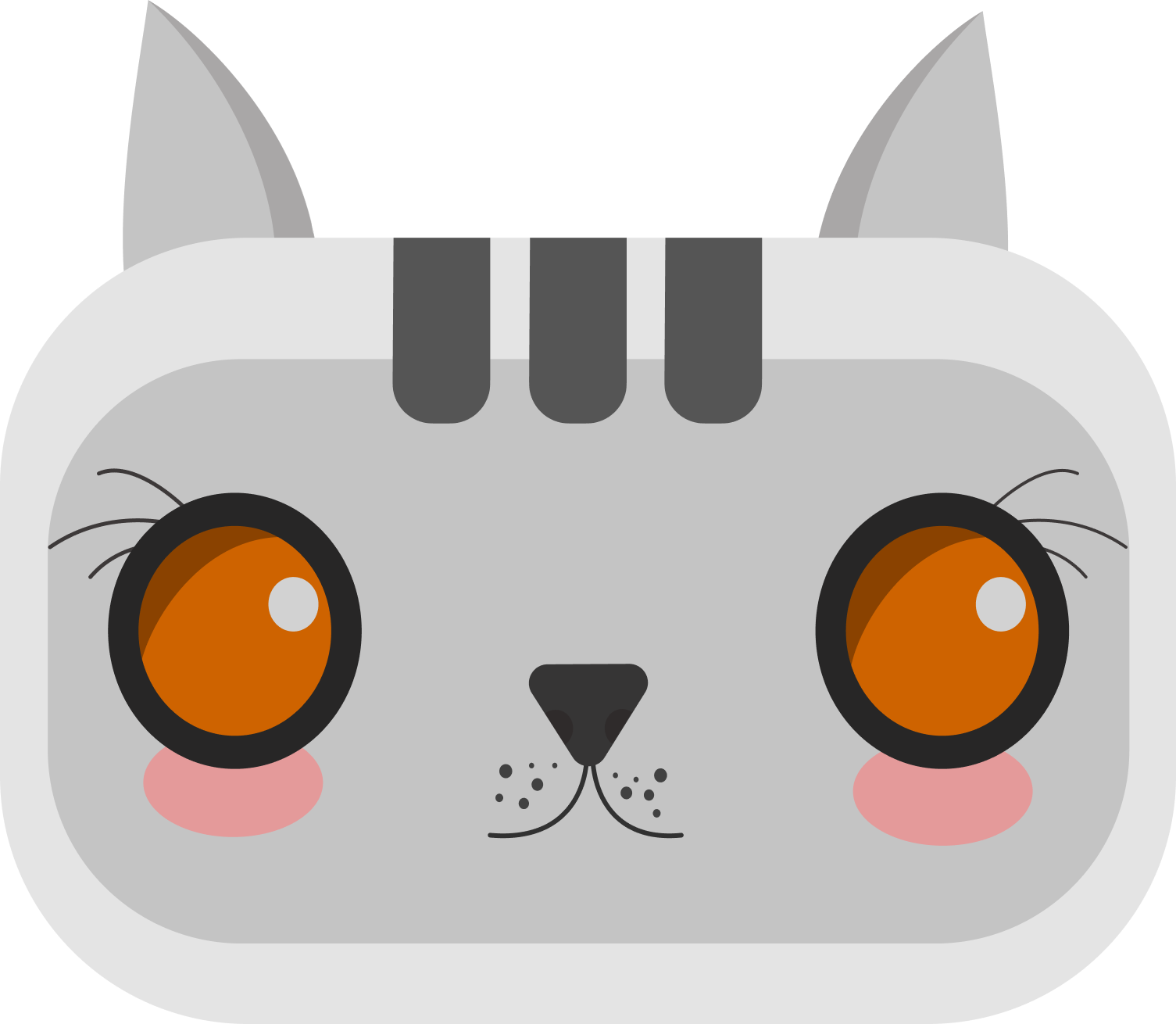Kingdom: Animalia
Phylum: Chordat
Class: Mammalia
Order: Carnivora
Suborder: Feliformia
Family: Felidae
Genus: Felis
Species: F. catus


Kingdom: Animalia
Phylum: Chordat
Class: Mammalia
Order: Carnivora
Suborder: Feliformia
Family: Felidae
Genus: Felis
Species: F. catus
The cat is a domestic species of small carnivorous mammal. A cat can either be a house cat, a farm cat or a feral cat; the latter ranges freely and avoids human contact. A predator that is most active at dawn and dusk, the cat is a solitary hunter but a social species. It can hear sounds too faint or too high in frequency for human ears, such as those made by mice and other small mammals.


It was long thought that cat domestication was initiated in ancient Egypt, as since around 3100 BC veneration was given to cats in ancient Egypt.During domestication, cats have undergone only minor changes in anatomy and behavior, and they are still capable of surviving in the wild.
